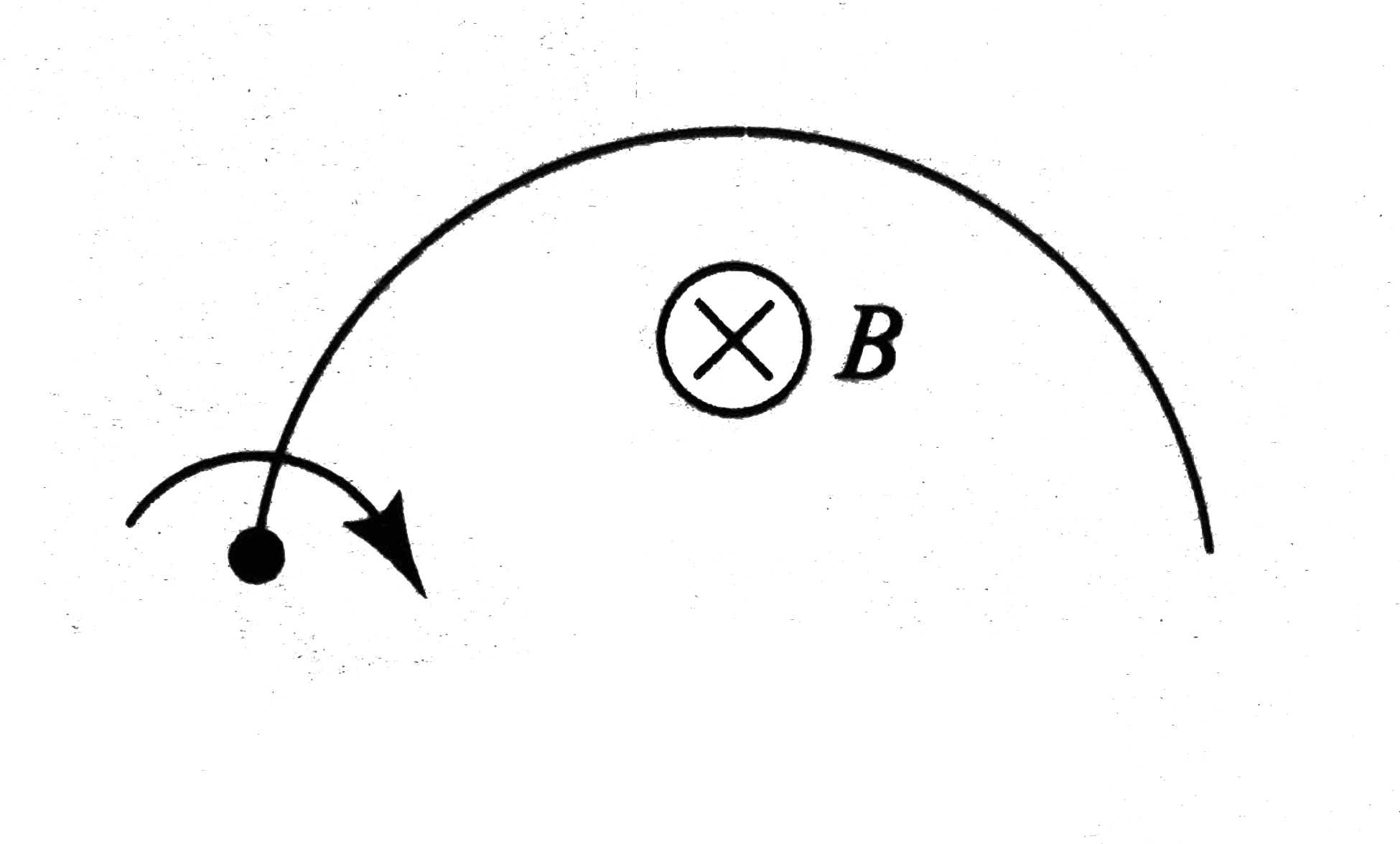A person is standing on the edge of a circular platform, which is moving with constant angular speed about an axis passing through its centre and perpendicular to the plane of platform. If person is moving along any radius towards axis of rotation then the angular velocity will:
decrease
remain unchanged
increase
data is insufficient
The correct Answer is:3
To solve the problem, we need to analyze the situation where a person is moving towards the axis of rotation on a circular platform that is rotating with a constant angular speed. We will use the principle of conservation of angular momentum to understand how the angular velocity changes as the person moves.
1. Understanding the System:
- We have a circular platform rotating about its center with a constant angular speed ω.
- The person is initially at the edge of the platform, at a distance R from the axis of rotation.
2. Initial Moment of Inertia:
- The moment of inertia I for the person standing at the edge (distance R) is given by:
I1=mR2
- Here, m is the mass of the person.
3. Final Moment of Inertia:
- As the person moves towards the center, let’s say they move to a distance R1 (where R1<R).
- The new moment of inertia when the person is at distance R1 is:
I2=mR21
4. Conservation of Angular Momentum:
- Since there are no external torques acting on the system, the angular momentum before and after the person moves must be conserved:
I1ω=I2ω2
- Substituting the expressions for I1 and I2:
mR2ω=mR21ω2
5. Simplifying the Equation:
- The mass m cancels out from both sides:
R2ω=R21ω2
- Rearranging gives us:
ω2=R2R21ω
6. Analyzing the Result:
- Since R1<R, the ratio R2R21 is greater than 1.
- Therefore, ω2>ω.
7. Conclusion:
- As the person moves towards the axis of rotation, the angular velocity ω2 increases. Thus, the angular velocity will increase as the person moves towards the center.
Final Answer:
The angular velocity will increase as the person moves along any radius towards the axis of rotation.
---
- We have a circular platform rotating about its center with a constant angular speed ω.
- The person is initially at the edge of the platform, at a distance R from the axis of rotation.
- The moment of inertia I for the person standing at the edge (distance R) is given by:
I1=mR2
- Here, m is the mass of the person.
- As the person moves towards the center, let’s say they move to a distance R1 (where R1<R).
- The new moment of inertia when the person is at distance R1 is:
I2=mR21
- Since there are no external torques acting on the system, the angular momentum before and after the person moves must be conserved:
I1ω=I2ω2
- Substituting the expressions for I1 and I2:
mR2ω=mR21ω2
- The mass m cancels out from both sides:
R2ω=R21ω2
- Rearranging gives us:
ω2=R2R21ω
- Since R1<R, the ratio R2R21 is greater than 1.
- Therefore, ω2>ω.
- As the person moves towards the axis of rotation, the angular velocity ω2 increases. Thus, the angular velocity will increase as the person moves towards the center.
The angular velocity will increase as the person moves along any radius towards the axis of rotation.
Topper's Solved these Questions
- SYSTEM OF PARTICLES AND ROTATIONAL MOTIONBOOK - VMC MODULES ENGLISHCHAPTER - SYSTEM OF PARTICLES AND ROTATIONAL MOTIONEXERCISE - EFFICIENT
50 Videos
- SYSTEM OF A PARTICLES & ROTATIONAL MOTIONBOOK - VMC MODULES ENGLISHCHAPTER - SYSTEM OF A PARTICLES & ROTATIONAL MOTIONEXERCISE - IN-CHAPTER EXERCISE F
10 Videos
- UNITS, MEASUREMENTS & ERRORSBOOK - VMC MODULES ENGLISHCHAPTER - UNITS, MEASUREMENTS & ERRORSEXERCISE - IN - CHAPTER EXERCISE - B
10 Videos
Similar Questions
The moment of inertia of a copper disc, rotating about an axis passing through its centre and perpendicular to its plane
View SolutionIf a circular concentric hole is made on a disc then about an axis passing through the centre of the disc and perpendicular to its plane
View SolutionA disc of mass m, radius r and carrying charge q, is rotating with angular speed ω about an axis passing through its centre and perpendicular to its plane. Calculate its magnetic moment
View SolutionA disc of mass m, radius r and carrying charge q, is rotating with angular speed ω about an axis passing through its centre and perpendicular to its plane. Calculate its magnetic moment
View SolutionRadius of gyration of a uniform circular disc about an axis passing through its centre of gravity and perpendicular to its plane is
View SolutionA ring of mass m and radius r rotates about an axis passing through its centre and perpendicular to its plane with angular velocity ω. Its kinetic energy is
View SolutionThe ratio of radii of gyration of a circular ring and a circular disc, of the same mass and radius about an axis passing through their centres and perpendicular to their planes are
View SolutionA metallic circular disc having a circular hole at its centre rotates about an axis passing through its centre and perpendicular to its plane. When the disc is heated:
View SolutionA metallic circular disc having a circular hole at its centre rotates about an axis passing through its centre and perpendicular to its plane. When the disc is heated:
View Solutiona semicircle wire of radius R is rotated with constant angular velocity about an axis passing through one end and perpendicular to the plane of wire. There is a uniform magnetic field of strength B. The induced emf between the ends is

View Solution